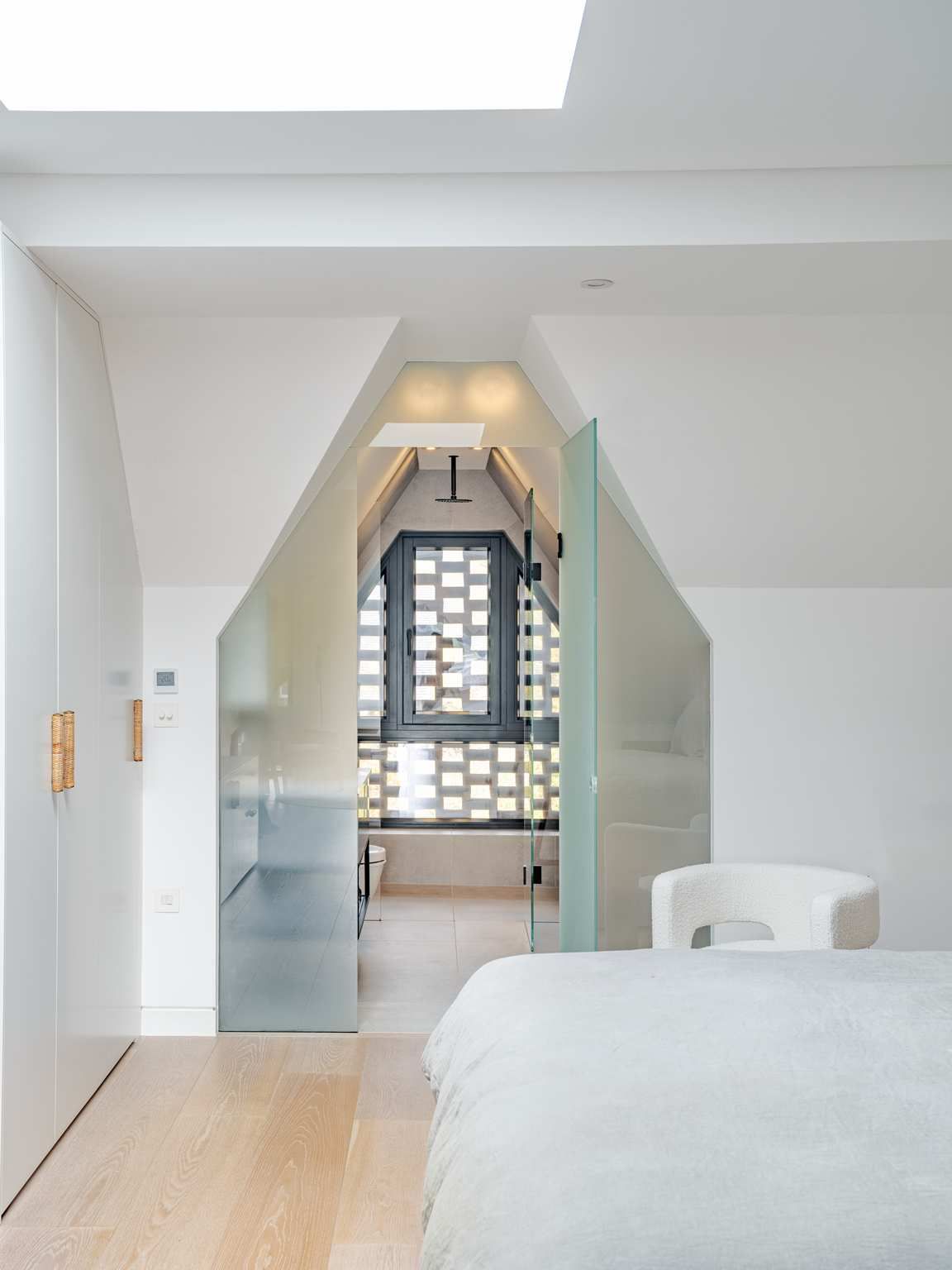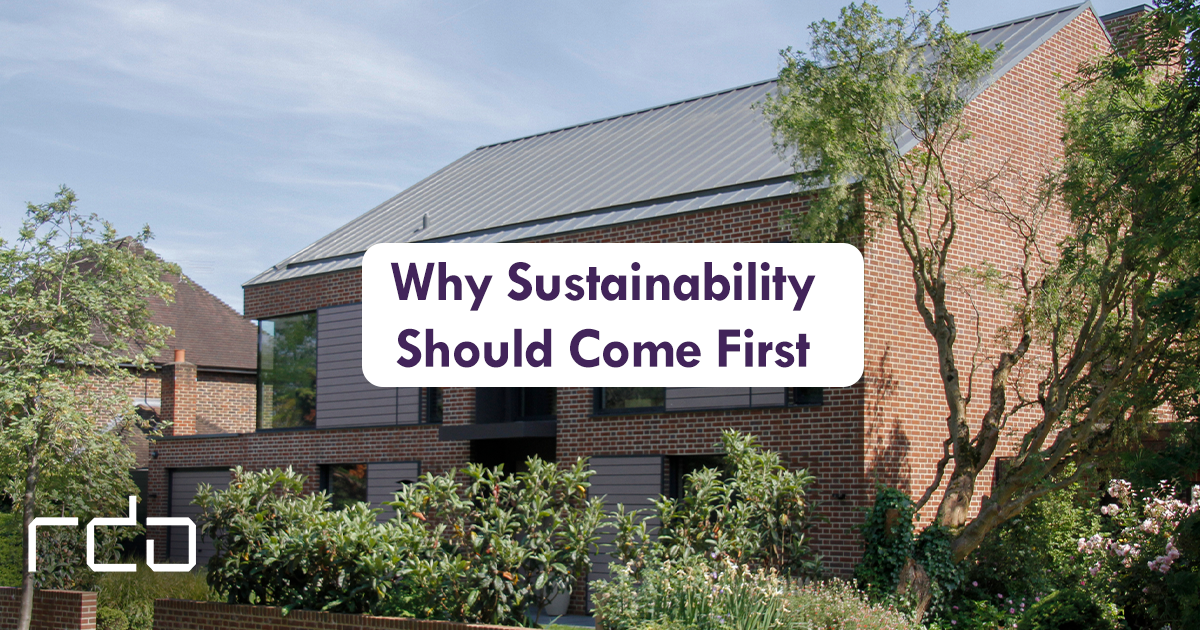Which Path Should I Take?
by RDA Director Richard Dudzicki
As founder and director of RDA, at this time of year I find my inbox is filled with requests from young students inquiring about work experience placements in our practice. As they look towards their future and the time for decision making draws close, I find the majority ask one very pertinent question:
Should I study architecture or interior design?
It isn’t an easy decision to make. Each discipline has its own nuances and benefits based on personal preference and aspirations. Having taught as a lecturer in both Architectural and Interior Design schools in London, I am in a position to offer a few words of advice to those who have reached this particular fork in the road. I’ve put together eight questions to ask yourself based on my own experience to help steer you towards the right path, particularly when it comes to deciding which to study.
What sparks my passion – structure or aesthetics?
Are you drawn more to the idea of considering entire structures and their environmental impact, or do you find fulfillment in crafting the aesthetic and functional aspects of interior spaces? This is a tricky question, because great architects will develop their architectural style or ideas from the interior spaces they craft. Ultimately, good interior design will lead to good architecture.
When I was working on large commercial offices in Hong Kong, I didn’t enjoy it as much as smaller-scale design. I didn’t want to work on 76 story buildings, I was far more interested in how the flow of the entrance lobby would work or what would the materials be like. Hence, I seem to be more drawn to interiors and smaller spaces. I would have ticked highly here on the interior design aspect.
Do I lean more towards the technical or the creative?
Do technical considerations like compliance with building codes and ensuring structural integrity excite you, or are you more intrigued by selecting materials, colours, and decor to enhance an interior’s ambiance? As a young architect I was far more interested in the technical aspects. I wanted to learn how to design a building in Portugal, how do you design a building to handle monsoons, or one that is going to be environmentally friendly? These are all aspects I learnt as a young student in Liverpool. My enthusiasm for decor and more intricate interior design really didn’t come to me until I finished architecture school. Therefore, I would score highly on this to be an Architect, rather than an Interior Designer. Make sure to reflect on which realm aligns better with your strengths and inclinations.
What kind of scale would I like to work on?
Are you inclined towards urban planning and monumental projects, or do you prefer the intimacy of personalizing spaces? Again, this is something that I struggled with as a young architect. I liked the vernacular and the chaotic aspects of cities, but when it came to zoning, spacing and urban planning I realised this was not my forte. I even tried a course at university to try to adapt and overcome my inhibitions. But when I started looking at smaller spaces and their zoning, I found this is what really appealed to me.
This led me to work primarily in residential spaces rather than large commercial ones, however there are people in my office who operate very differently to me. Architecture is full of variety and nuance; it might just be about finding your niche within that.
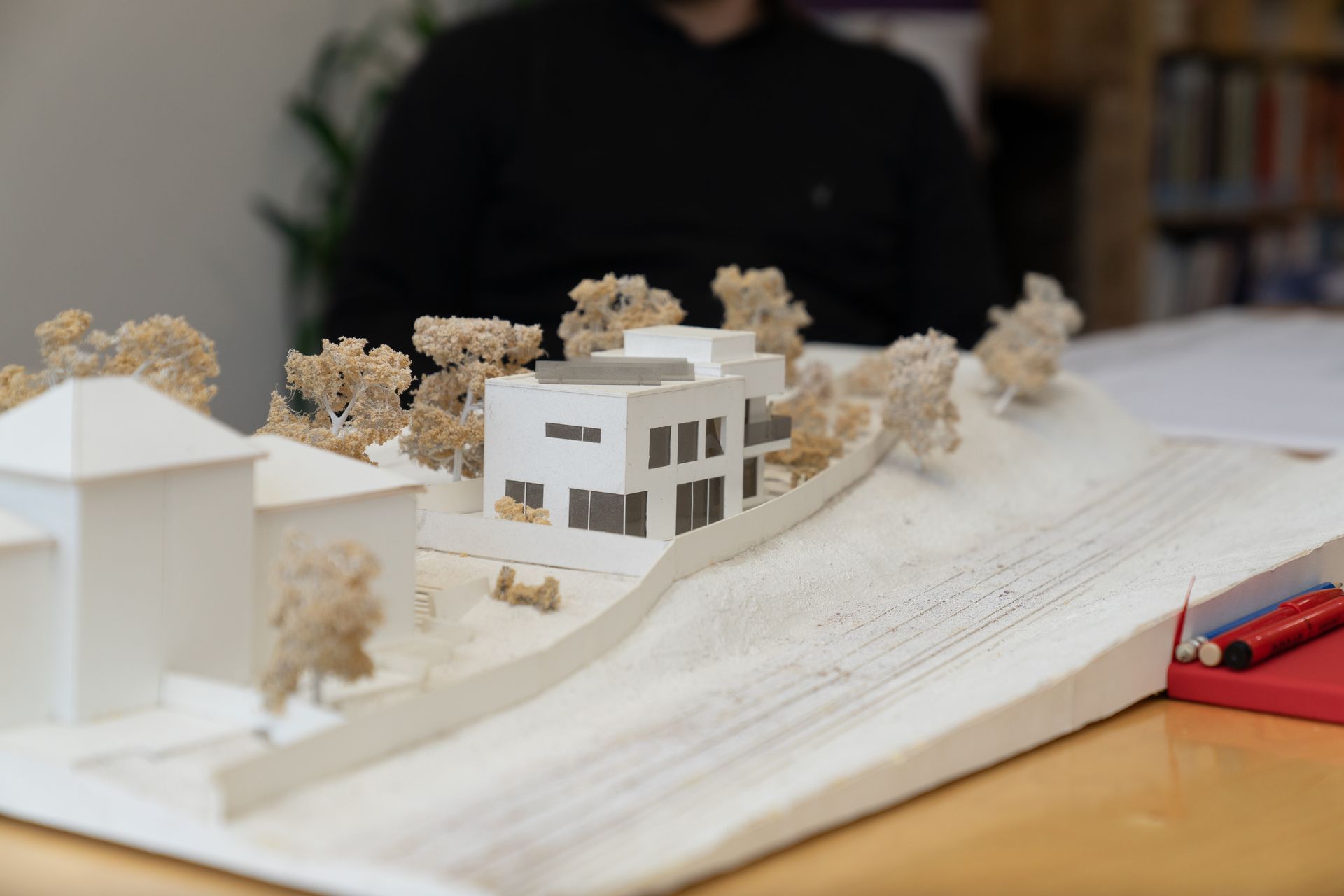
How’s my maths?
There’s no way around it, architecture demands a solid grasp of mathematics and physics. I did maths A-Level and scraped a pass, so I didn’t start off on the best foot. I don’t tend to work much on structural calculations these days, but working in sustainability involves a lot of numbers and comprehensive spreadsheets. However, in my experience when it comes to interview panels very often it’s the strength of the interior design that carries you. Having good artistic skills and a creative instinct is important for both courses, however if your aptitude for maths or physics isn’t great, then interior design may be a more straightforward route to take. But be aware, there are many schools of architecture, so don’t rule it out. Look closely at the course criteria and this will help you.
It isn’t all about the decor.
Interior spatial design is not an interior decorating course. It demystifies the key elements you need to understand how to design a three-dimensional space. You will learn how to understand light and its impact, positioning items and spatial functionality to maximise the potential of a space. When it comes to studying architecture, it will be much more technically focused, but it’s important to remember that an Interior design course won’t just be decor and trimmings.
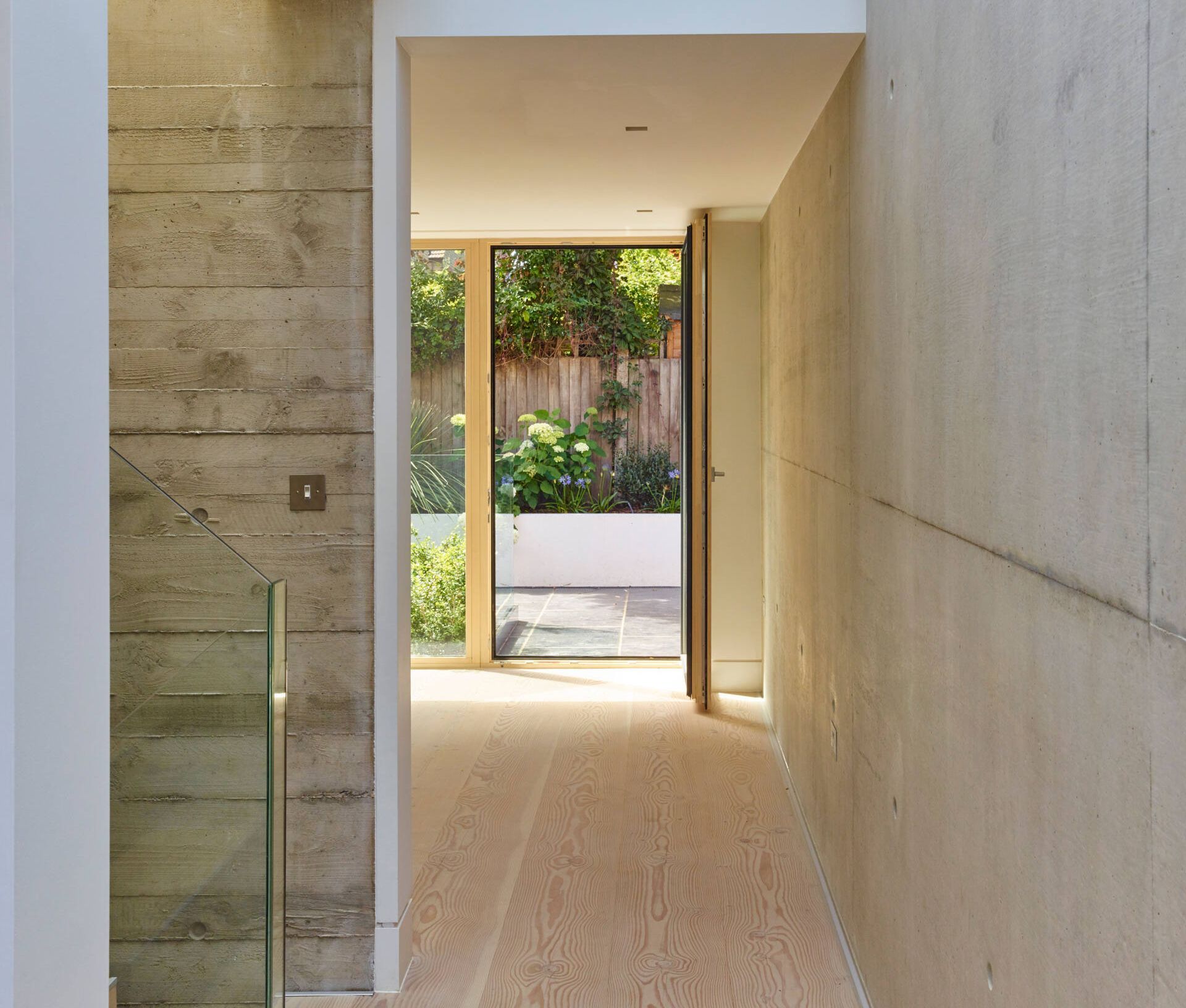
What kind of impact am I trying to make?
It’s vital to consider whether you're more intrigued by architecture's broader societal impact, or the psychological effects of interior design. Of course, there is a huge amount of overlap in both disciplines which makes this a difficult question to answer for some, including me. Personally, I’m interested in effects of interior design on individual’s experiences within spaces. That to me is hugely important with any project because it’s what give rise to healthy buildings. Ask yourself, which impact drives you more?
What does my ideal work environment look like?
How do you envision your future client interaction and project engagement? Would you prefer to lead extensive construction projects and collaborate with a wide range of professionals, or do you prefer a more focused engagement with clients to realise their interior design vision? As an interior designer, you will likely be part of a team on a large-scale project but working independently on smaller scale aspects within it. Working in both fields gave me a very clear indication of how this works. One of the problems interior designers face is feeling a lack of control, whereas architects tend to have a greater degree of scope on the whole project due to the respective nature of their work. Where do you want to be, and who do you want to be working with?
Am I passionate about sustainability?
Are you passionate about advancing architectural techniques and sustainable building practices, or are you more interested in sustainable interior design materials and creating health-conscious living environments? Again, there is huge crossover here for both architects and interior designers, but this is a great question to help you realise where you may want to start out. I was always interested in taking a top-to-bottom approach to environmental innovation and sustainability, which drew me far more to architecture.
In my 25 plus years as Chartered Architect I’ve experienced many of the same decisions facing the students that so often get in touch. There’s no denying that the journey to becoming an architect is rewarding, but rigorous. It’s a three-year degree followed by one year work experience, then a two-year post-graduate, followed by another year of work experience and an exam at the end of it. Whereas an interior design degree is a more standard three-year course. This in itself will be a deciding factor for many prospective students.
It's worth noting that many individuals, including myself, have embarked on the path of architecture only to find their niche in interior design or other related fields. The beauty lies in the versatility of these disciplines and the ability to pivot and explore diverse career trajectories. Moreover, transitioning from interior design to architecture is not uncommon. I’ve had students that moved into interior design after their initial architecture degree, and likewise interior design students who have gone onto become qualified architects. There are lots of lots of options. Explore these options. Remember that the course that you chose is one that you should be happiest in, and the choices you make now might not necessarily be the choices you have in three- or four-years’ time.
Chose for the moment, for your skills and instincts, not necessarily for the future. Pursue what brings you happiness and fulfilment, and you'll be sure to reap the rewards.
Richard Dudzicki, Director & Founder, RIBA ARB, BA(Hons), DipArch(Dist)
To find out more about RDA’s extensive experience, and to explore the beautiful homes we’ve built and retrofitted over the last twenty-five years, click here.
Or, book in a free consultation with our award-winning PassivHaus certified designer and Director, Richard Dudzicki below.
Recent Blogs
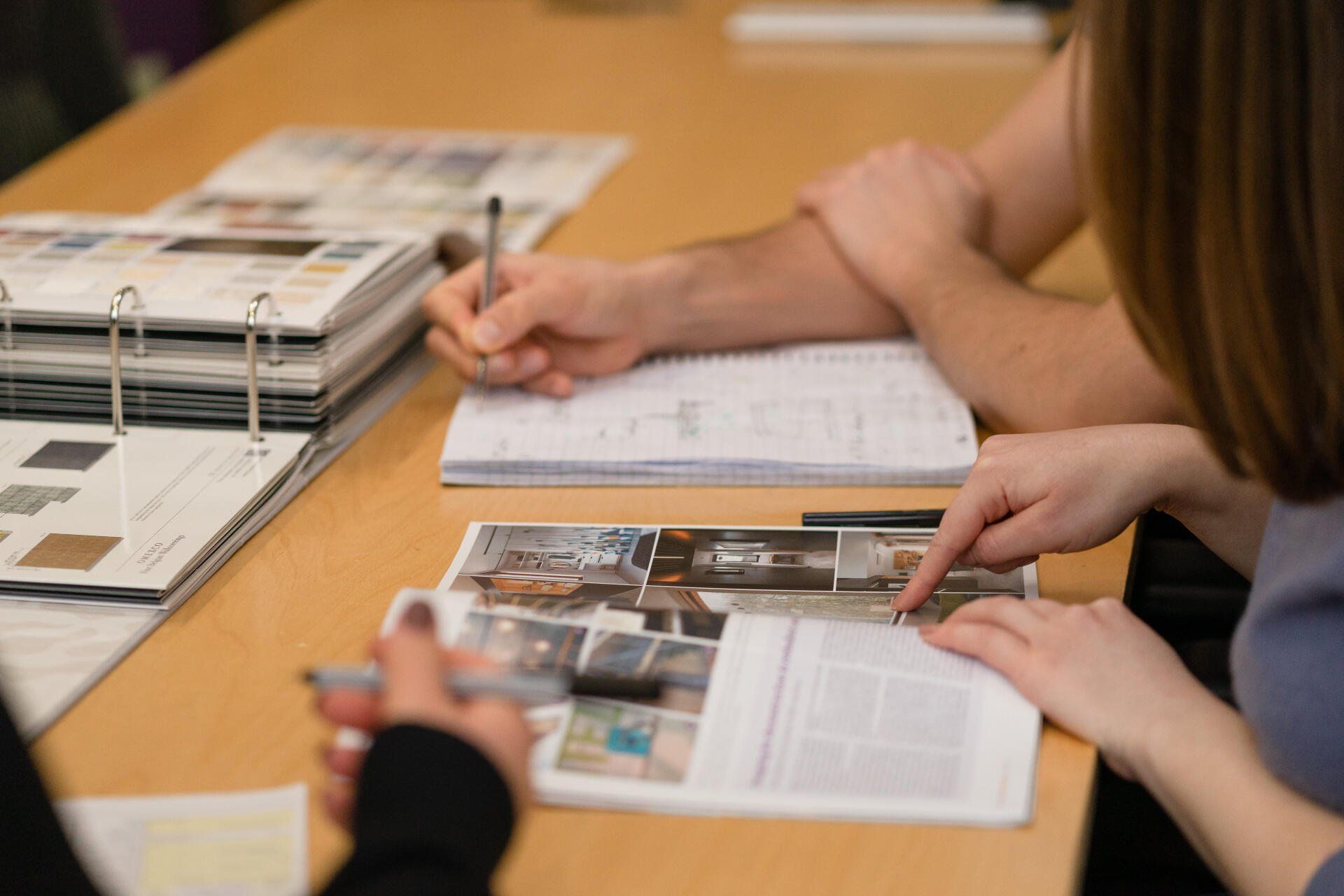



Recent Blogs


All Rights Reserved | RDA


